Introduction
Qingtuan, also known as “green dumplings” or “sweet green rice balls,” is a beloved traditional Chinese dessert deeply rooted in cultural heritage. Typically enjoyed during the Qingming Festival (Tomb Sweeping Day), this vibrant green treat symbolizes spring, renewal, and respect for ancestors. The distinctive emerald hue and earthy aroma of Qingtuan come from mugwort (Artemisia argyi), a fragrant herb with medicinal properties. This article will guide you through the intricate process of making Qingtuan from scratch, ensuring your creation captures the essence of tradition while delighting your taste buds.
The Cultural Significance of Qingtuan
Before diving into the recipe, it’s essential to appreciate the cultural tapestry woven into this dish. Qingming Festival, observed in early April, marks a time for families to honor their ancestors by tending to graves and offering sacrifices. Qingtuan’s origins trace back over a millennium, with historical records linking it to the Jin Dynasty (266–420 CE). The dish’s green color mirrors the lushness of spring, while its round shape represents unity and wholeness. Mugwort, beyond its culinary role, was historically used in traditional Chinese medicine to dispel dampness, improve circulation, and ward off evil spirits.
Ingredients You’ll Need
To create authentic Qingtuan, gather the following ingredients:
-
For the Dough:
- 300g glutinous rice flour (sticky rice flour)
- 50g rice flour (for texture)
- 200g fresh mugwort leaves (or 30g dried mugwort)
- 180ml water (adjust as needed)
- 1 tbsp baking soda (to retain color)
- 1 tbsp vegetable oil (prevents sticking)
-
For the Filling:
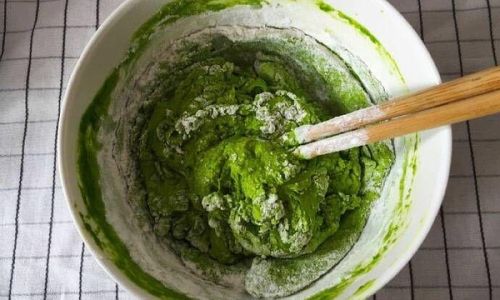
- 200g sweet red bean paste (homemade or store-bought)
- Optional: 100g sesame paste, lotus seed paste, or crushed peanuts with sugar
-
Tools:
- Steamer basket
- Blender or food processor
- Cheesecloth or fine sieve
- Mixing bowls
- Plastic wrap (to prevent drying)
Step 1: Preparing the Mugwort
The heart of Qingtuan lies in processing mugwort correctly. Begin by selecting tender young leaves, as older ones may impart bitterness.
-
Cleaning:
- Rinse the leaves under cold water to remove dirt.
- Soak them in salted water for 15 minutes to eliminate impurities.
-
Blanching:
- Boil a pot of water with 1 tbsp baking soda. The alkaline water helps preserve the vibrant green color.
- Add the mugwort and blanch for 1–2 minutes until wilted.
- Immediately transfer the leaves to an ice bath to halt cooking.
-
Blending:
- Squeeze excess water from the mugwort.
- Blend with 50ml of fresh water until smooth. For a finer texture, strain the mixture through cheesecloth to remove fibrous bits.
Step 2: Making the Dough
The dough’s consistency is critical—too sticky, and it won’t hold shape; too dry, and it will crack.
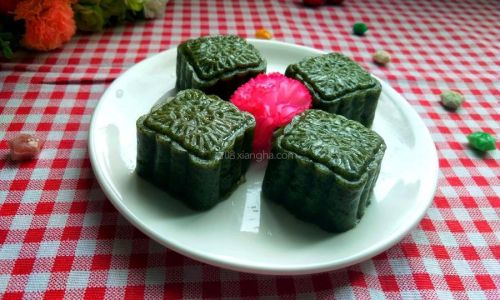
-
Mixing Flours:
In a large bowl, combine glutinous rice flour and rice flour. Rice flour adds structure, preventing the dough from collapsing during steaming.
-
Incorporating Mugwort:
- Gradually add the blended mugwort puree to the flours, stirring with a spatula.
- Slowly pour in water, adjusting until the mixture forms a coarse, crumbly texture.
-
Kneading:
- Transfer the dough to a clean surface and knead for 8–10 minutes. The dough should be smooth, pliable, and resemble an emerald gem.
- If sticky, dust with glutinous rice flour; if dry, sprinkle water sparingly.
Step 3: Preparing the Filling
While red bean paste is classic, experimentation is encouraged!
-
Sweet Red Bean Paste:
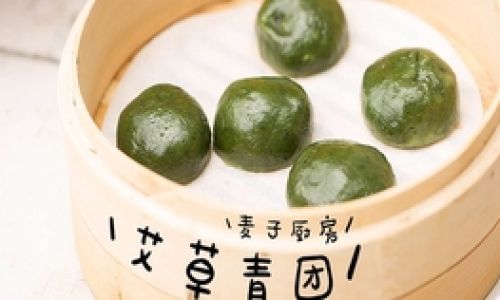
- Soak 200g adzuki beans overnight.
- Boil until tender, then mash with a potato ricer or blender.
- Cook the mashed beans with sugar and oil over low heat until thickened.
-
Alternative Fillings:
- Black Sesame: Grind roasted sesame seeds with honey.
- Peanut: Mix crushed peanuts with sugar and a pinch of salt.
Step 4: Assembling the Qingtuan
This step requires precision to achieve the perfect balance of dough-to-filling ratio.
-
Portioning:
- Divide the dough into 40g balls (about 12 pieces).
- Roll the filling into 20g balls.
-
Shaping:
- Flatten a dough ball into a 3-inch disc. Place the filling in the center.
- Gently pinch the edges upward, sealing the filling inside. Roll between your palms to smooth.
Step 5: Steaming to Perfection
Steaming transforms the dough into its signature soft, chewy texture.
-
Preparing the Steamer:
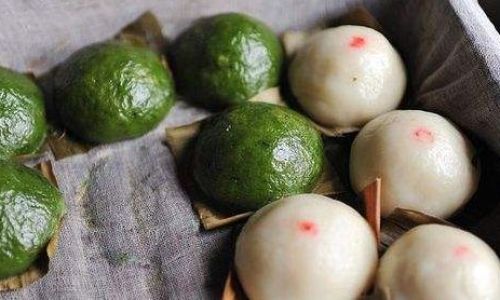
- Line the steamer basket with parchment paper or cabbage leaves to prevent sticking.
- Bring water to a rolling boil.
-
Cooking:
- Place the Qingtuan 1 inch apart to avoid sticking.
- Steam for 12–15 minutes on medium heat. Overcooking may cause collapse.
Step 6: Finishing Touches
Once steamed, brush the Qingtuan with a thin layer of vegetable oil to enhance shine and prevent drying.
Troubleshooting Common Issues
- Dough Too Sticky: Add 1 tsp rice flour at a time.
- Filling Leakage: Ensure the dough is sealed tightly.
- Dull Color: Blanching with baking soda is crucial.
Variations and Modern Twists
While tradition is revered, creativity knows no bounds:
- Savory Options: Fill with seasoned pork, bamboo shoots, or mushrooms.
- Matcha Version: Substitute mugwort with matcha powder for a bittersweet twist.
- Gluten-Free: Use rice flour exclusively, though texture may vary.
Health Benefits of Mugwort
Mugwort isn’t just flavorful—it’s a nutritional powerhouse:
- Rich in Antioxidants: Combats oxidative stress.
- Anti-Inflammatory: May alleviate digestive issues.
- Vitamin K Source: Essential for bone health.
Storing and Reheating
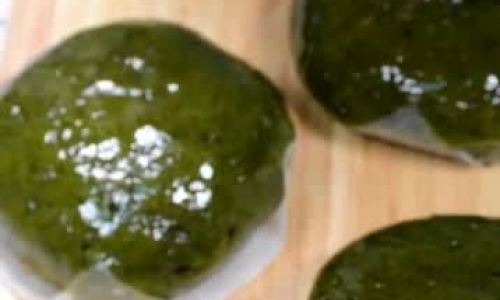
- Refrigeration: Wrap tightly and consume within 3 days.
- Freezing: Store for up to 3 months. Thaw before reheating.
- Reheating: Steam for 5 minutes or microwave with a damp paper towel.
Conclusion
Crafting Qingtuan is an act of culinary artistry that bridges generations. By honoring tradition and embracing experimentation, you create a dish that delights both the palate and the soul. Whether shared at a family gathering or savored solo, each bite encapsulates the spirit of spring and the timeless beauty of Chinese heritage. So, roll up your sleeves, gather your ingredients, and embark on a journey to savor the flavors of the past.
Final Tips for Success
- Humidity Control: If your kitchen is dry, cover the dough with a damp cloth.
- Altitude Adjustments: At high elevations, reduce steaming time slightly.
- Creative Presentation: Serve with a sprinkle of toasted sesame seeds or a drizzle of honey.
With patience and practice, your Qingtuan will rival those of seasoned artisans. Enjoy the process, and let the aroma of mugwort transport you to the heart of Chinese culture.


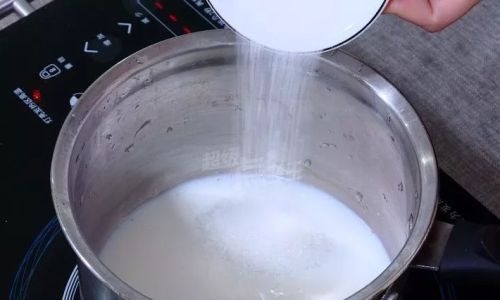
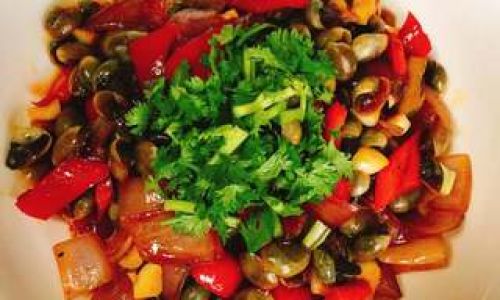
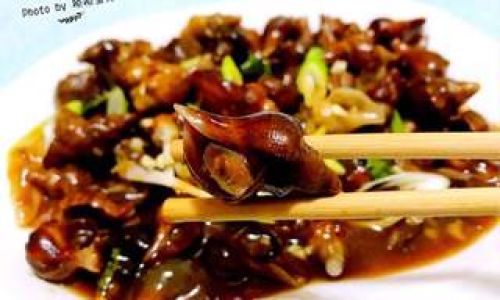
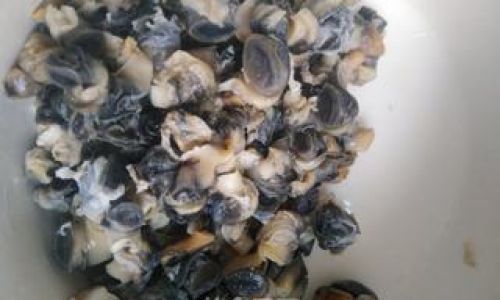
0 comments